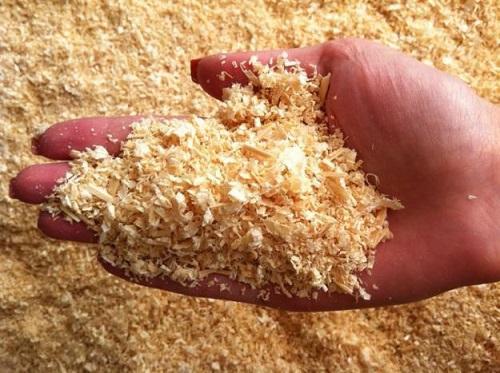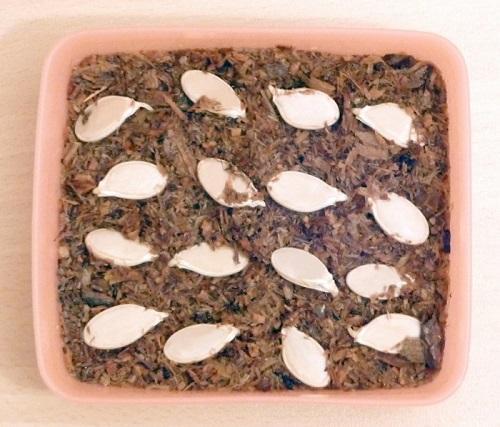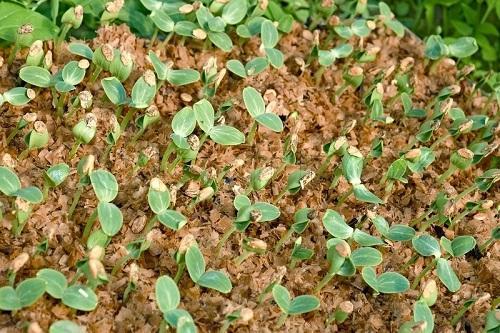DIY seedling substrate from sawdust
With the approach of spring, gardeners are thinking about growing seedlings of tomatoes, cucumbers, peppers, cabbage and other crops. The hot season is approaching for flower growers. Indeed, many people prefer self-grown seedlings. With proper planting and care, home seedlings are in many ways superior to purchased ones.
When growing seedlings, the second most important issue, after the choice of seeds, is the issue of selecting a high-quality substrate (or soil). The stores offer a huge selection of it, but an inexpensive seedling substrate can be made with your own hands from sawdust.

Advantages and disadvantages of sawdust substrate
The sawdust substrate is used for seed germination. After all, sawdust permeates air and moisture much better, which means that ideal conditions will be created for the development of a powerful root system of future seedlings. In addition, it is easy to transplant seedlings from sawdust without causing damage to it.
The only drawback of such a substrate is that the seedlings are grown in it up to a certain point. At the stage of seed germination, sawdust is simply irreplaceable. But, when the first true leaves appear on the seedlings, the seedlings need to be transplanted.
This is due to the fact that sawdust does not contain any nutrients. They will not be able to fully replace the soil or soil mixture. Seedlings grow in sawdust using the reserves of nutrients in the seed. After the seed germinates, its own vitamin reserves are depleted, and for further growth, the seedlings are transplanted into nutrient soil.
How to germinate seeds in sawdust substrate

Before planting the seeds, the sawdust is pre-moistened. Then you need to do the following:
- Pour a layer of sawdust into a suitable container (container, pot or box).
- Plant the seeds.
- Pour a second layer of sawdust on top, but make it thinner - just to cover the seeds. This is to prevent the seeds from drying out. The second layer may not be done, but then you will need to constantly (every day, or even more often) control the moisture content of the seeds.
- Cover the container with sawdust with a plastic bag (without closing it completely) and put it in a warm place with an air temperature of 25 degrees Celsius. A warm battery is suitable for this.
Rotten sawdust is used for the substrate.

With the appearance of the first shoots, transfer the container to a cooler place and remove the package from it. Carefully, so as not to damage the seedlings, pour a layer of nutrient soil (0.5 cm thick) on top of the sawdust. If necessary, seedlings are additionally highlighted.
As soon as the seedlings form the first true leaves, they are transplanted into the prepared soil in separate pots. Sawdust can also be used to prepare seedling soil, but after mixing them with sand in a ratio of 6: 4. Or make a universal soil mixture that is suitable for growing most crops. To do this, mix one part of the sawdust with the following components:
- one part of low-lying peat;
- one part of humus;
- two pieces of land.
Add 40 g of complex fertilizer to the prepared substrate.